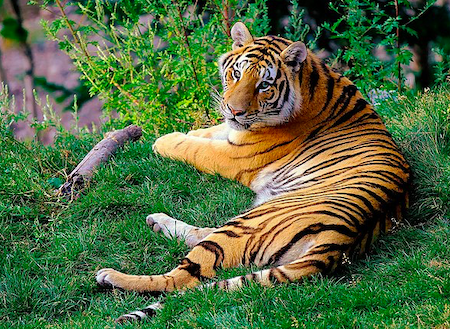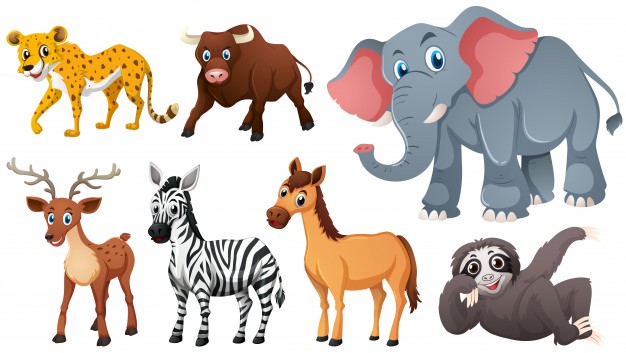Terrestrial animals, the unsung heroes of our ecosystem, play a pivotal role in maintaining the delicate balance of nature. From the intricate ecosystems of rainforests to the vast expanses of deserts, these ground dwellers contribute to the biodiversity that sustains life on Earth. In this comprehensive exploration, we delve into the captivating world of terrestrial animals, shedding light on their diverse adaptations, behaviors, and significance.
Read more about Common Pet Injuries
Contents
The Rich Diversity of Terrestrial Fauna
Adapting to Unique Environments
Terrestrial animals exhibit remarkable adaptability, evolving to thrive in diverse environments. From the burrowing adaptations of moles to the camouflage strategies of chameleons, each species has honed specific traits that enhance their survival in their respective habitats.
Biodiversity Hotspots
Some regions stand out as biodiversity hotspots, harboring an abundance of terrestrial life. The Amazon rainforest, for instance, boasts an astonishing array of species, showcasing the intricate web of relationships among organisms. Understanding these hotspots is crucial for conservation efforts aimed at preserving Earth’s biological heritage.

The Role of Terrestrial Animals in Ecosystems
Ecosystem Engineers
Many terrestrial animals are ecosystem engineers, actively shaping their surroundings. Take the beaver, for example, whose dam-building activities create wetland habitats that benefit various other species. Recognizing the role of these creatures as architects of their environments underscores their importance in maintaining ecological balance.
Predator-Prey Dynamics
Predator-prey relationships among terrestrial animals contribute to the checks and balances within ecosystems. The intricate dance between predators and their prey helps regulate populations, preventing unchecked growth that could disrupt the delicate equilibrium of nature.
Conservation Challenges and Strategies
Human Impact on Terrestrial Habitats
As human activities encroach upon natural habitats, terrestrial animals face unprecedented challenges. Deforestation, urbanization, and climate change pose existential threats to many species. Acknowledging these challenges is the first step towards implementing effective conservation strategies.
Conservation Initiatives
Conservation efforts worldwide are striving to safeguard terrestrial habitats and their inhabitants. Protected areas, sustainable land management practices, and community-based conservation projects play crucial roles in mitigating the impact of human activities on terrestrial ecosystems.
Harnessing Knowledge for a Sustainable Future
Education and Awareness
Empowering individuals with knowledge about terrestrial ecosystems fosters a sense of responsibility towards their conservation. Educational programs and awareness campaigns can inspire collective action, encouraging people to make informed choices that benefit both terrestrial animals and the planet.
Technological Innovations in Conservation
Technology, such as satellite monitoring and data analytics, is becoming increasingly valuable in conservation efforts. These tools enable scientists to track and analyze changes in terrestrial habitats, aiding in the development of targeted conservation strategies.
Conclusion
The world of terrestrial animals is a tapestry of marvels, intricately woven through the fabric of Earth’s ecosystems. By understanding, appreciating, and actively participating in conservation efforts, we can ensure the continued existence of these remarkable ground dwellers. Let us embrace our role as stewards of the planet, working collectively to safeguard the rich biodiversity that makes our world a truly extraordinary place.




[…] animals on Earth demonstrate remarkable cognitive abilities that rival those of humans. These animals not only solve problems and use tools but also communicate in sophisticated ways and demonstrate […]